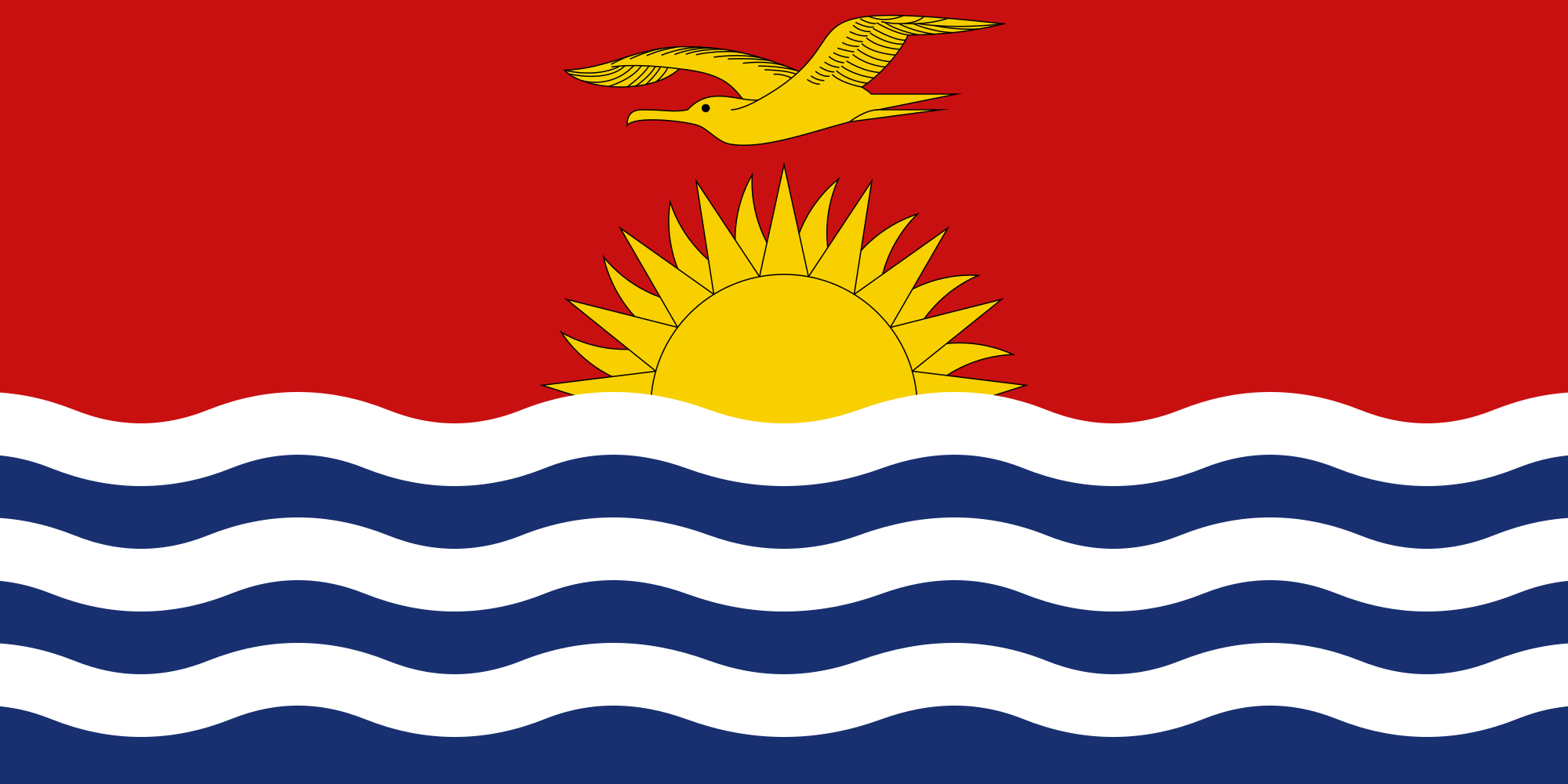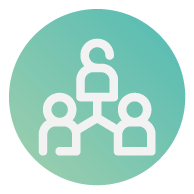Home » Kiribati

Kiribati
Summary of the GCCA+ SUPA project in Kiribati
The project used a consultative and people centred approach to (i) introduce the impact analysis methodology to partners in Kiribati; and (ii) enhance water security for the peo ple of Banaba Island by constructing a fit for purpose building to house the existing reverse osmosis plants and adding additional water storage.

Project Focus: Water Sector

Direct benefit: 2,000 persons
- Geographic coordinates: Lat. 4°N – 3°S, Long. 157°W- 172°E
- Total land area 811 km²
- Exclusive economic zone (EEZ) 3,600,000 km²
- Population (2019 estimate) 117,606
- Temperatures have warmed and will continue to warm with more very hot days in the future.
- Annual and seasonal rainfall is projected to increase. Rainfall extremes are projected to increase. The frequency of drought is projected to decrease relative to the current climate.
- Ocean acidification has been increasing in Kiribati’s waters. It will continue to increase and threaten coral reef ecosystems.
- Wave height is projected to decrease in December to March. Waves may be more directed from the south in October.
- Sea level near Kiribati has risen and will continue to rise throughout this century.
Source: BOM, CSIRO, 2014, Climate Variability, Extremes and Change in the Western Tropical Pacific: New Science and Updated Country Reports
How does this project address climate change adaptation in Kiribati?
Given the low elevation of its coral atolls, Kiribati is especially vulnerable to the effects of rising sea levels, which include loss of land, flooding and saltwater intrusion into groundwater lenses. The southern Gilbert Islands, including Beru Island, and Banaba Island, one of Kiribati’s most remote islands, receive very low rainfall and are very prone to drought leading to crop failures and contamination of ground water sources. In March 2021, Banaba Island faced an extreme drought and water crisis. The island had been almost a year without substantial rain. These conditions are being exacerbated by climate change.
Focusing on the people living in the remote atolls, the project will adopt a participatory and inclusive approach that addresses the vulnerabilities and the rights of all residents. Skills in climate resilience will be enhanced, particularly for island council members and community leaders.
The project will focus on increasing the availability of potable water for the communities living in Banaba Island by scaling up the existing infrastructure for water storage and supply on the island. The measures will include “fit-for-purpose” infrastructure to house existing solar-powered desalination systems, additional storage for potable water and additional rainwater harvesting systems.
Read more
Key Highlights
- Increasing access to potable water
- Building community resilience
- Strategic planning
- Consultations to inform the design of water security measures in Banaba Island
- Designing and constructing key infrastructure to house existing solar-powered desalination systems and the storage tanks and pumping systems in Banaba Island, expanding rainwater harvesting systems, and other measures.
- Installing a rain gauge in Banaba Island and compiling the rainfall data to inform future drought management.
- Conducting a needs analysis and raising awareness about climate resilience for local area stakeholders in Beru Island.
- Building the capacity of community leaders and island council members in climate resilience through accredited training.
- Integrating climate change and disaster risk into local area sustainable development plans.
- Assessing the impacts of past climate change adaptation projects and applying the results to national strategic planning.
Activities meet the following SDGs:




